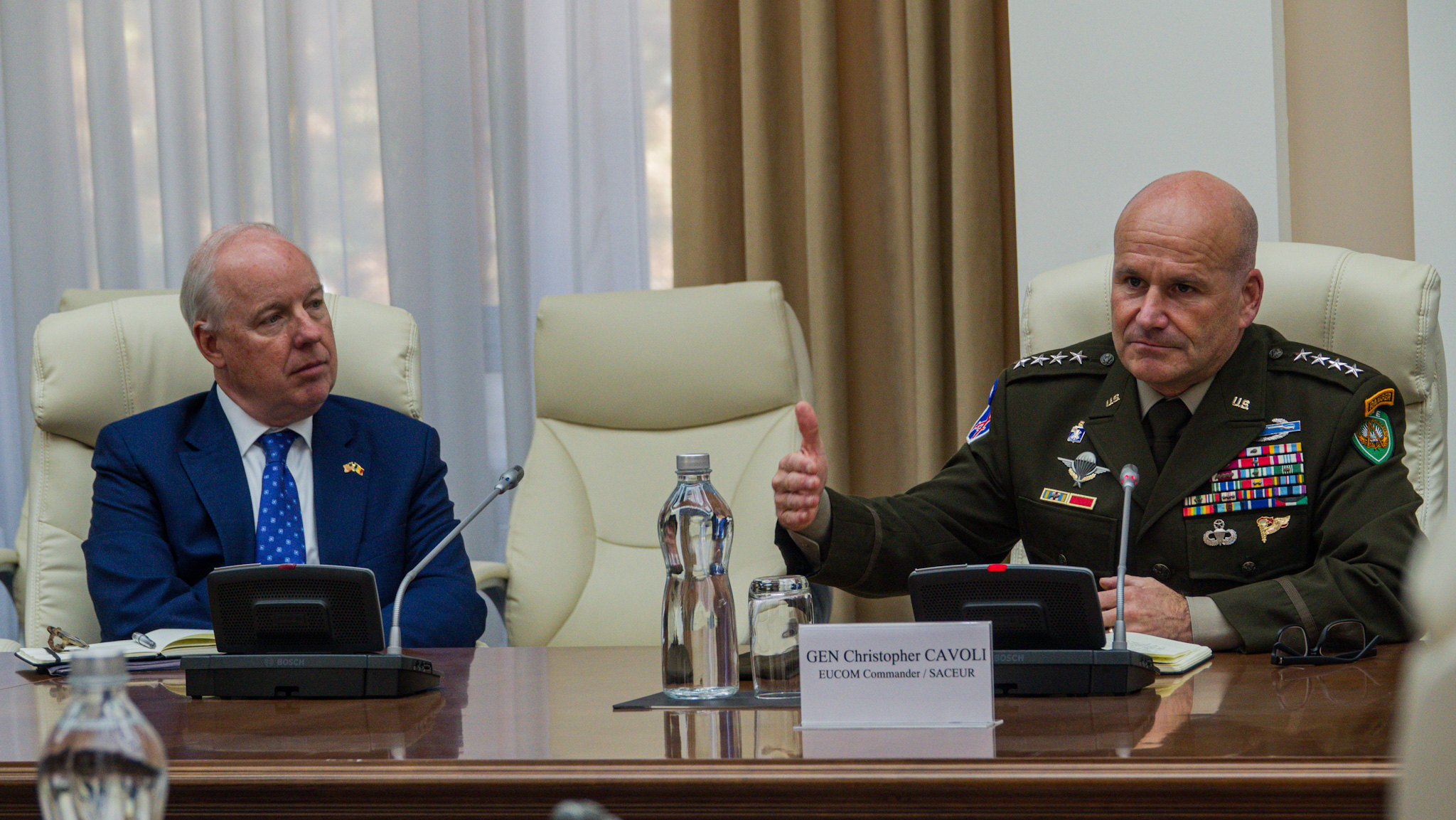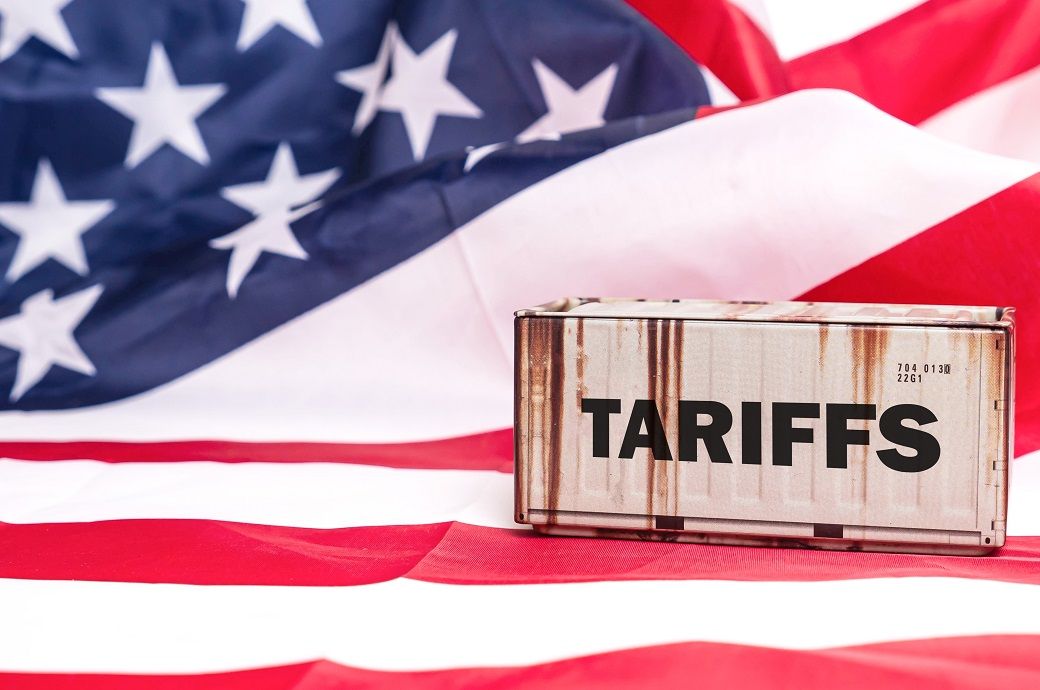The History and Tradition of Criminalization
For the Balkinization Symposium on Legal Pathways Beyond Dobbs.Mary Ziegler In Dobbs, Justice Alito offers a history-and-tradition approach as an important constraint on judicial discretion. The appearance of restraint—or judicial neutrality—helps to explain the rise of arguments predicated on history and tradition. But what is the appeal of these claims to socially conservative movements, who have also seen untapped potential in the kind of approach that Dobbs adopted?In part, in previous decades, approaches based on history and tradition drew support because of the potential limits of originalism, in its various forms, as a vehicle for movement demands. In the 1980s, for example, abortion opponents sometimes questioned whether they could make a convincing an original-public-meaning case as to why the Constitution protects the fetal person—or requires the criminalization of abortion. A history-and-tradition approach, by contrast, was obviously more flexible, potentially sweeping in evidence from prior to and well after 1868, including, for some, Christian teachings they believed to inform interpretation of the Constitution. Between 1986 and today, history-and-tradition arguments have taken on new power for conservative movements, even as abortion opponents have channeled considerable resources into an original-public-meaning account of fetal rights. Pointing to the past has justified restrictions that movement leaders and their allies in politics and the judiciary are aware the public does not accept—and has allowed movement leaders to speak through past actors to whom they claim to defer rather owning unpopular views themselves. Finally, relying on history and tradition callows movement leaders to conceal the policy choices they face in critical areas, including: 1) the contemporary design of criminal bans and their exceptions; 2) the interpretation of the Comstock Act; and 3) the current approach to fetal rights and their enforcement.Defending a New Era of BansThe Court in Dobbs presented the criminalization of abortion as part of a grand American tradition. And yet as Reva Siegel and I show in Abortion’s New Criminalization, the bans on the books today are not a reflection of the criminal laws that defined the pre-Roe period. The new bans replace exceptions with affirmative defenses, and discretion for physicians—a hallmark of past laws—with objective reasonableness standards. While older bans rarely resulted in prison time, at least for white male physicians, trigger bans authorize penalties including up to life imprisonment for offenders, and new proposals target an ever-growing universe of “aiders and abettors, “including website owners, internet service providers, and nonprofit donors. Exceptions for life, health, and sexual assault have been retooled to minimize the odds that anyone can access abortion without an obvious emergency instead of being reframed accommodate authentic medical needs. Dobbs frames these new laws as part of a national tradition. Defending criminal bans in this way absolves lawmakers of any responsibility to justify the statutes they have designed, or to justify the consequences of those bans, both intended and unintended.ComstockeryThe pro-life movement’s revival of the Comstock Act is a special example of the value of history-and-tradition claims to the movement. Since Jonathan Mitchell, the former Texas solicitor general, identified the Comstock law as a potential de facto abortion ban in the lead-up to Dobbs, others in the movement have carefully constructed a story about the history of the Comstock Act, which they present as a straightforward fetal-protective law. As Reva Siegel and I show in Comstockery, the real history of the Comstock Act is at once uglier and more complex. The law reflected the ambitions not of a civil rights movement for fetal persons but the desires of a small group of wealthy patrons and self-appointed moral detectives in Gilded Age New York. The statute deployed a novel understanding of obscenity focused on illicit sex, understood to include not only nonmarital sex but also nonprocreative sex in marriage—and to include abortion and contraception. This came at a time when obscenity law was in flux, and when any regulation of contraception was novel. The statute’s meaning and future application were poorly understood even by the Congress who enacted the law. The statute thus became a site of contestation for a series of movements that sought not only to redefine obscenity but also to reason about what the nation’s democracy required to survive. A new sexual purity movement, composed, as the prominent evangelist DeWitt Talmadge wrote, of “all good US postmasters and district attorneys and detectives and reformers,” mobilized after the passage of Comstock Act to promote its own understanding of obscenity, with societies for the suppression of vice mobilizing in cities from Boston to San Francisco. The sexual-purity ideal, which sought to
For the Balkinization Symposium on Legal Pathways Beyond Dobbs.
Mary Ziegler
In Dobbs, Justice Alito offers a history-and-tradition approach as an important constraint on judicial discretion. The appearance of restraint—or judicial neutrality—helps to explain the rise of arguments predicated on history and tradition. But what is the appeal of these claims to socially conservative movements, who have also seen untapped potential in the kind of approach that Dobbs adopted?
In part, in previous decades, approaches based on history and tradition drew support because of the potential limits of originalism, in its various forms, as a vehicle for movement demands. In the 1980s, for example, abortion opponents sometimes questioned whether they could make a convincing an original-public-meaning case as to why the Constitution protects the fetal person—or requires the criminalization of abortion. A history-and-tradition approach, by contrast, was obviously more flexible, potentially sweeping in evidence from prior to and well after 1868, including, for some, Christian teachings they believed to inform interpretation of the Constitution.
Between 1986 and today, history-and-tradition arguments have taken on new power for conservative movements, even as abortion opponents have channeled considerable resources into an original-public-meaning account of fetal rights. Pointing to the past has justified restrictions that movement leaders and their allies in politics and the judiciary are aware the public does not accept—and has allowed movement leaders to speak through past actors to whom they claim to defer rather owning unpopular views themselves. Finally, relying on history and tradition callows movement leaders to conceal the policy choices they face in critical areas, including: 1) the contemporary design of criminal bans and their exceptions; 2) the interpretation of the Comstock Act; and 3) the current approach to fetal rights and their enforcement.
Defending a New Era of Bans
The Court in Dobbs presented the criminalization of abortion as part of a grand American tradition. And yet as Reva Siegel and I show in Abortion’s New Criminalization, the bans on the books today are not a reflection of the criminal laws that defined the pre-Roe period. The new bans replace exceptions with affirmative defenses, and discretion for physicians—a hallmark of past laws—with objective reasonableness standards. While older bans rarely resulted in prison time, at least for white male physicians, trigger bans authorize penalties including up to life imprisonment for offenders, and new proposals target an ever-growing universe of “aiders and abettors, “including website owners, internet service providers, and nonprofit donors. Exceptions for life, health, and sexual assault have been retooled to minimize the odds that anyone can access abortion without an obvious emergency instead of being reframed accommodate authentic medical needs. Dobbs frames these new laws as part of a national tradition. Defending criminal bans in this way absolves lawmakers of any responsibility to justify the statutes they have designed, or to justify the consequences of those bans, both intended and unintended.
Comstockery
The pro-life movement’s revival of the Comstock Act is a special example of the value of history-and-tradition claims to the movement. Since Jonathan Mitchell, the former Texas solicitor general, identified the Comstock law as a potential de facto abortion ban in the lead-up to Dobbs, others in the movement have carefully constructed a story about the history of the Comstock Act, which they present as a straightforward fetal-protective law. As Reva Siegel and I show in Comstockery, the real history of the Comstock Act is at once uglier and more complex. The law reflected the ambitions not of a civil rights movement for fetal persons but the desires of a small group of wealthy patrons and self-appointed moral detectives in Gilded Age New York. The statute deployed a novel understanding of obscenity focused on illicit sex, understood to include not only nonmarital sex but also nonprocreative sex in marriage—and to include abortion and contraception. This came at a time when obscenity law was in flux, and when any regulation of contraception was novel. The statute’s meaning and future application were poorly understood even by the Congress who enacted the law. The statute thus became a site of contestation for a series of movements that sought not only to redefine obscenity but also to reason about what the nation’s democracy required to survive.
A new sexual purity movement, composed, as the prominent evangelist DeWitt Talmadge wrote, of “all good US postmasters and district attorneys and detectives and reformers,” mobilized after the passage of Comstock Act to promote its own understanding of obscenity, with societies for the suppression of vice mobilizing in cities from Boston to San Francisco. The sexual-purity ideal, which sought to ensure that white, upper-class women conformed to their roles in the polity and the family, argued that erotica, abortion, and contraception—and information about any of the three—threatened the public order by incentivizing crimes of lust, as Comstock wrote, or opening the door to “licentiousness without its direful consequences.”
The societies for the suppression of vice did not stamp out opposition or convince Americans to modify their intimate lives, but their idea of sexual purity did gain traction in the courts, culminating in the 1896 decision of United States v. Swearingen. “The words ‘obscene,’ ‘lewd,’ and ‘lascivious,’ as used in the statute,” the Court explained in Swearingen, “signify that form of immorality which has relation to sexual impurity.” But even at the height of a Victorian sexual-purity interpretation of the statute, the law provoked resistance, courts did not interpret the Comstock Act as a no-exceptions abortion ban, reasoning that it would not permit a prosecution based on exchanges between physicians and patients.
Defining the Comstock Act as the no-exceptions ban that the movement dearly wants but can’t convict voters to embrace is central to what abortion opponents seek to accomplish today. This argument allows judges and politicians uncomfortable with the idea of a nationwide ban to claim not to be acting in their own names but simply to defer to the “rule of law,” or the dead hand of the past, when they are in fact concocting something quite unlike the postal obscenity statute that has been on the books since 1873.
Reinventing Personhood
The instrumental value of history-and-tradition arguments is perhaps most evident in the context of fetal rights claims themselves. As I show in my forthcoming book, Personhood, the antiabortion movement turned to these claims in the mid-to-late 1960s years after the fight to reform criminal abortion laws began. At the start, a mostly Catholic resistance argued that abortion laws would lead to a wave of sexual promiscuity, or deepen the moral decline some attributed to the decline of school prayer. But arguing about morality or promiscuity, some movement members realized, would allow the opposition to “resort to the ‘freedom of individual conscience’ and ‘non-imposition of morality’ arguments.”[1] Rather than arguing about morality, early movement leaders argued, Catholic leaders should focus on “when human life begins.”
But personhood arguments commanded support because they were vague, and could mean different things to different people. Did recognizing fetal rights require some government support for pregnant people, for example? Or did recognizing fetal rights mean exceptions to abortion bans had to be undone?
Uncertainty about the meaning or enforcement of personhood have become only more pronounced after Dobbs. Self-proclaimed antiabortion abolitionists argue that the law should punish women for abortion as both a moral and constitutional imperative. They have promoted bills in states legislatures and gained a plurality in the Southern Baptist Convention, and have mounted a major attack on larger antiabortion groups in movement spaces and online.
Dodging the ambiguities of personhood—and the policy choices made in its name—has proven far easier for those who fall back on the idea of history and tradition. Originalist arguments for personhood thus emerged not only as a way to appeal to the current Supreme Court and the broader conservative legal movement but also as a strategy to avoid intense disputes about what it means to value embryonic and fetal life.
Ultimately, too, focusing on history and tradition also conceals choices about whose history matters, and who is left out. If we are to interpret the Constitution through the lens of history and tradition, it is critical to democratize memory and include the voices of those in the past who would have standing as full political participants today.
Mary Ziegler is Martin Luther King Professor of Law, University of California, Davis. You can reach her by e-mail at mziegler@ucdavis.edu.

















































































































































































